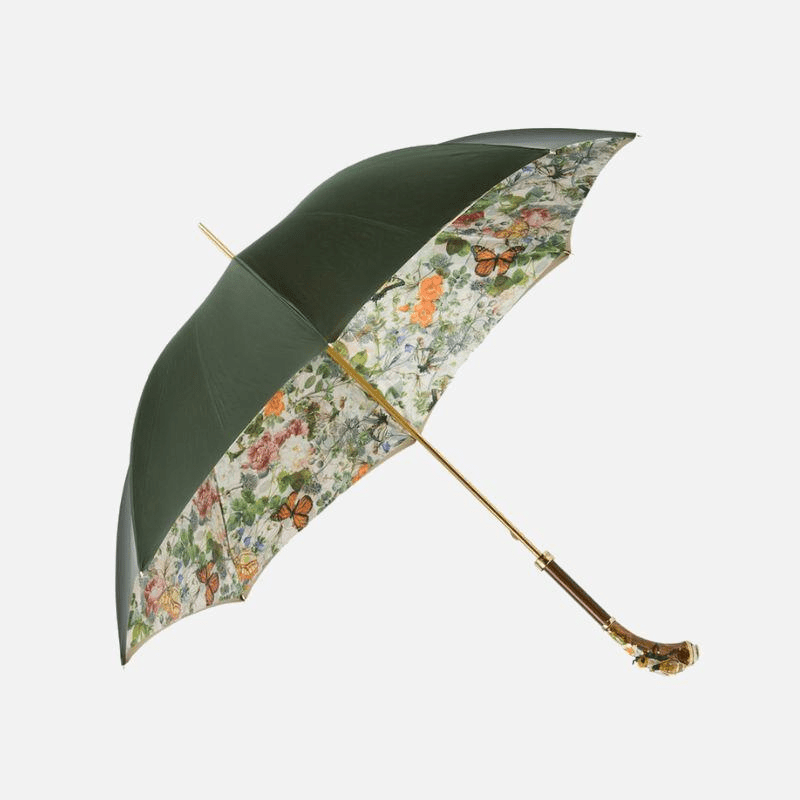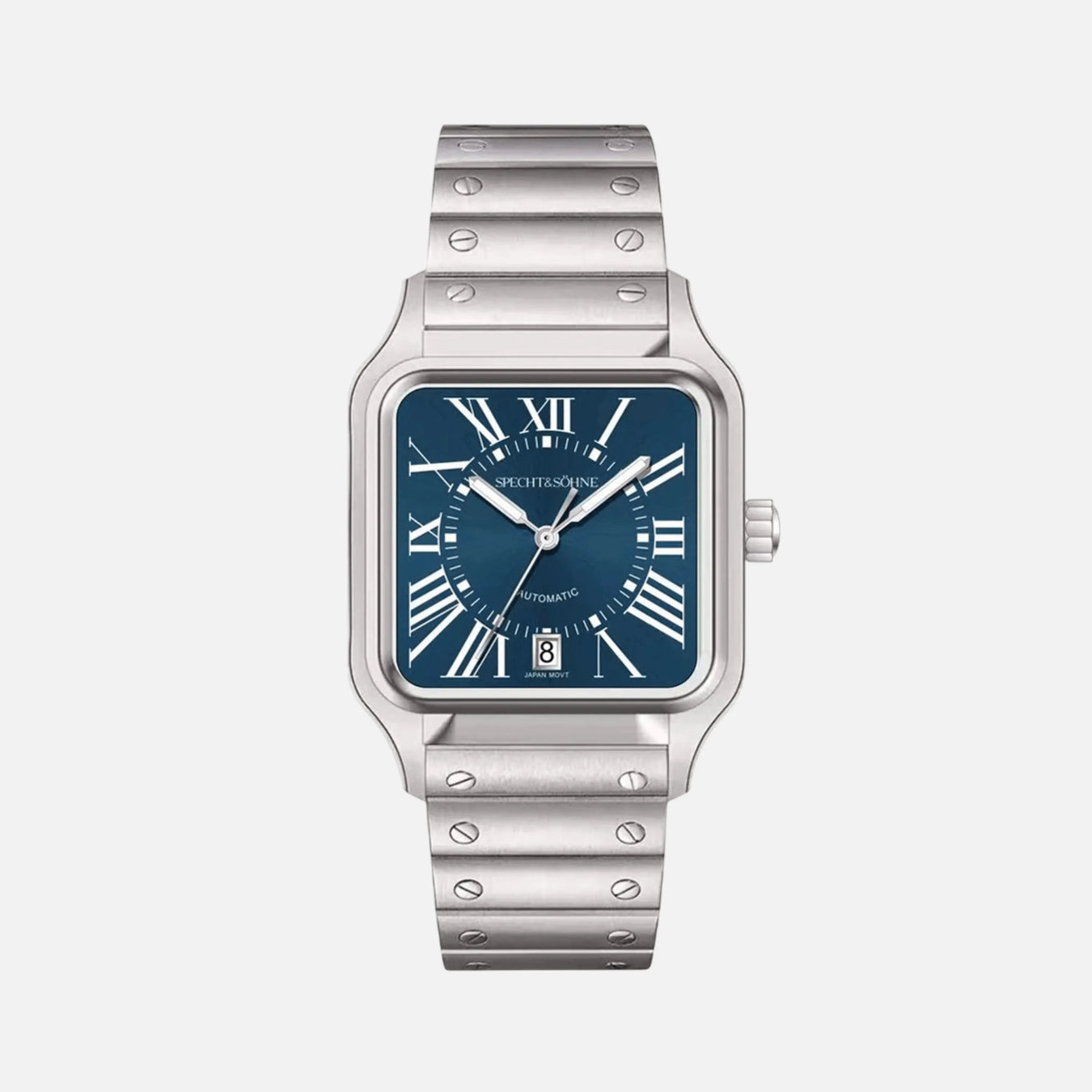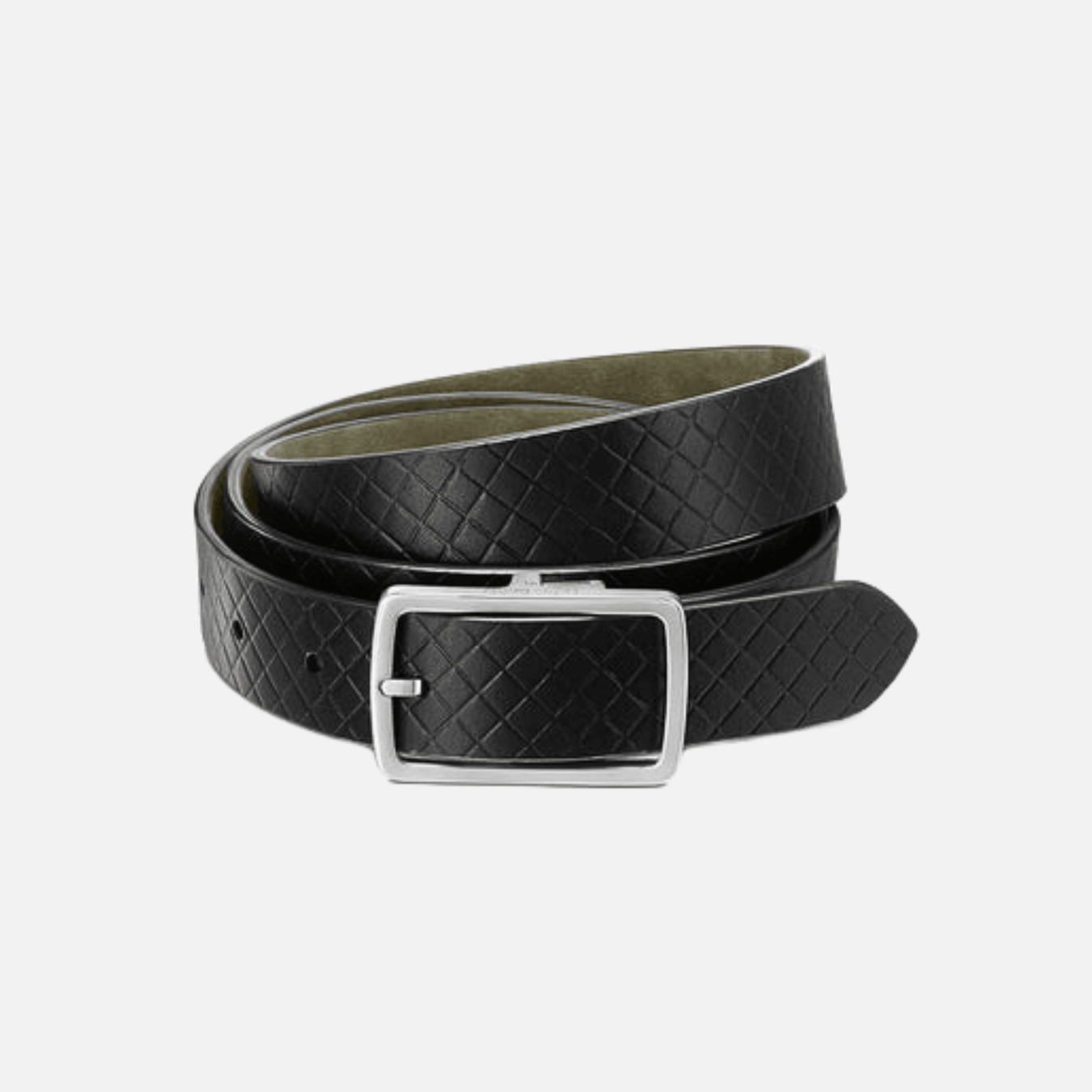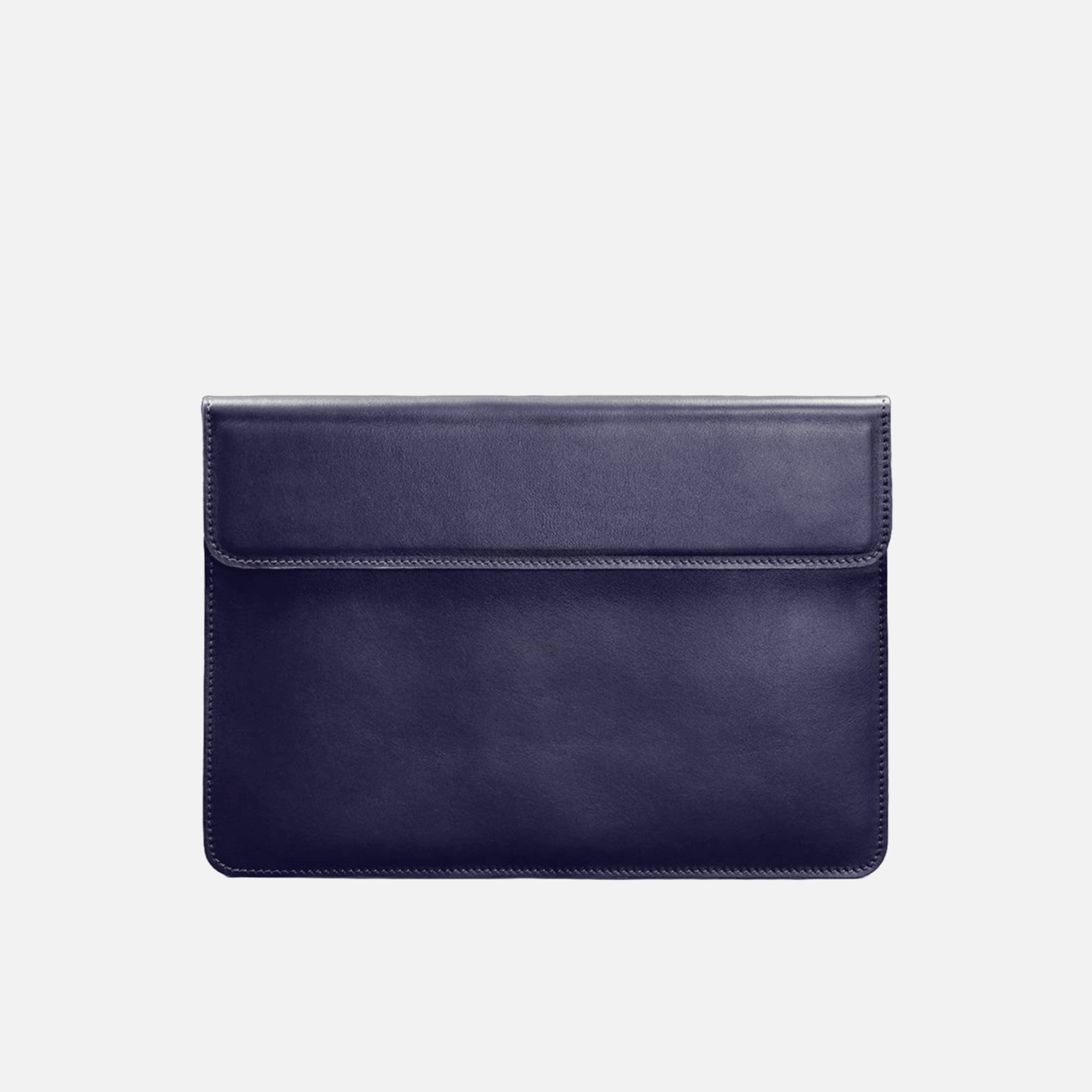
5 Unique Features to Look for in Your Next Custom Walking Cane
Introduction to Custom Walking Canes and Their Growing Popularity
In an age where individual style intersects with practical needs, custom walking canes have emerged as both a mobility aid and a fashion statement. Once viewed merely as a tool for support, these canes are now embracing the realm of personal expression and innovative functionality. The increasing demand for custom walking canes is fueled by a discerning clientele who seek to incorporate their personality and aesthetic preferences into the products they use daily.
Custom walking canes, then, are not just about stability and comfort; they are also about reflecting one’s taste through 5 modern design trends. The growing popularity of these canes is evident among various demographics, including the elderly, individuals with disabilities, and those recovering from injuries. A merging of ergonomics with existing trends ensures that these canes are highly sought after for enhanced mobility.
Features to consider in your next custom walking cane include:
Ergonomic Handles: Comfort without compromising on style is key. Look for handles designed to reduce stress on the joints and provide a comfortable grip.
Adjustable Height: Versatility in height adjustments can cater to the specific needs of the user, making mobility easier and more tailored to individual posture and stride.
Lightweight Materials: The use of materials like carbon fiber and lightweight aluminum means the cane is easy to carry without sacrificing durability.
Built-in Technology: Some modern canes come with added technology such as LED lights for visibility or smart systems that monitor and guide through terrain.
Artistic Design: Custom canes often feature unique artistic elements that transform the cane from a simple tool into a piece of wearable art.
The integration of functionality and fashion in walking canes not only enhances mobility but also empowers users to make a statement with their choice of aid - signaling a shift in how society views mobility assistance devices.
Ergonomic Handle Designs for Enhanced Comfort and Grip
When selecting a custom walking cane, the ergonomic design of the handle is a pivotal feature that significantly affects user comfort and control. Comfort is an essential consideration since the handle is the primary point of contact between the cane and the user, translating to better support and reduced strain over prolonged use.
Modern design trends in walking canes focus on crafting handles that conform to the natural shape of the hand. This anatomically-friendly approach helps distribute pressure more evenly across the palm, thus minimizing discomfort and potential for calluses or blisters. Here are some attributes of ergonomic handles to consider:
Contours and Curves: Handles should have a natural curve that fits the arch of the hand, allowing for a secure yet gentle grip. This ensures the wrist and arm remain in a neutral position, reducing fatigue.
Material Matters: The texture of the handle material can make a significant difference in comfort and grip. Materials such as soft rubber or foam could provide cushioning, whereas carved wood or composite materials can offer durability without compromising the grip.
Adjustable Features: Some ergonomic handles come with adjustable elements, enabling the user to modify the fit and angle for personalized comfort.
Non-slip Surfaces: Look for handles with non-slip surfaces or patterns. These designs can provide additional grip stability, especially under wet conditions, ensuring the cane remains firmly in one’s grasp.
Weight Distribution: An ergonomic handle should also balance the cane’s weight evenly. This aids in making the cane feel lighter and more manageable during use, thus improving mobility.
In summary, when considering a custom walking cane with ergonomic handle designs, evaluate the compatibility of the handle with your grip style and personal comfort needs. The goal is to find a balance of functionality and comfort, which ultimately brings confidence to every step you take with your personalized walking cane.
Advanced Materials: A Blend of Durability and Lightweight Construction
In the quest for enhanced mobility, walking canes have evolved, embracing modern design trends that not only prioritize functionality but also reflect an elegance in construction. When selecting a custom walking cane, discerning users often seek a fusion of robustness with minimal heft—a balance achieved through the use of cutting-edge materials.
Innovative canes incorporate materials such as carbon fiber, a stalwart in the arena of lightweight durability. Its high tensile strength ensures that the cane can withstand substantial stress without succumbing to deformation or breakage, making it an ideal companion for daily use. Additionally, the lightness of carbon fiber prevents user fatigue during prolonged periods of support, which is crucial for individuals who depend heavily on their walking aids.
Aluminum, another lightweight contender, offers similar benefits. While not as rigid as carbon fiber, aluminum canes are remarkably sturdy and are often favored for their lower cost. A blend of alloys can be introduced to enhance specific properties like corrosion resistance, further extending the longevity of the cane.
Not to be overlooked are composite materials, which unite two or more constituent elements to capitalize on their combined attributes. These hybrids often present an optimal compromise, delivering both lightness and strength, while also allowing for tailored flexibility in certain sections of the cane for better shock absorption.
The incorporation of these advanced materials has not only elevated the practicality of walking canes but has also contributed to a broader spectrum of designs and finishes. Buyers can thus enjoy a customized aesthetic without compromising on the quality or the efficacy of the assistance that their walking cane provides.
Personalized Aesthetics: Customizable Patterns and Artwork
In the realm of custom walking canes, the infusion of personalized aesthetics through customizable patterns and artwork is a burgeoning trend, garnering attention for its capacity to reflect the unique personality and style of the user. Modern design trends are now embracing the diversity of individual taste, offering an extensive palette of decorative options for enhanced mobility tools.
Custom Patterns: Buyers can select from an array of pre-designed patterns or can collaborate with artists to create bespoke motifs that resonate with personal stories, interests, or passions. Whether it is an intricate floral design, a bold geometric pattern, or an understated minimalist look, custom patterns transform the cane into a statement piece.
Integration of Artwork: Artistic canes go beyond mere functionality; they serve as a canvas for self-expression. Users might commission a local artist or work with digital designers to adorn their walking aides with fine art, abstract illustrations, or culturally significant iconography, ensuring that each piece is a one-of-a-kind masterpiece.
Thematic Designs: For individuals keen on aligning their mobility aid with seasonal themes, holidays, or special events, customizable walking canes can accommodate these preferences. This level of customization enables the walking cane to not only be a supportive device but also a part of the celebratory attire or a conversation starter at social gatherings.
Engraving and Embellishments: Engraving names, initials, or meaningful quotes can provide a touch of personalization while embellishments like crystals, studs, or metalwork can add a luxurious or edgy flair to the cane’s appearance.
The intersection of form and function finds its zenith in the emergence of these personalized walking canes, where the merging of modern design trends with individual creativity offers an empowering tool replete with personal significance. Users relish in the knowledge that their mobility aid is not just a device for assistance but a reflection of their personal narrative and an emblem of their individual aesthetic.
Integrated Smart Technology: The Rise of Tech-Enhanced Canes
In a world where technology is rapidly advancing, one noteworthy progression among 5 modern design trends in walking canes is the integration of smart technology aimed at enhancing the mobility and safety of its users. Tech-enhanced canes are no longer a futuristic concept but a reality that offers personalized features catered to the needs of each individual.
GPS Navigation: One of the groundbreaking features is built-in GPS navigation, allowing users to easily find their way in unfamiliar environments. This feature aids visually impaired individuals, giving them a sense of freedom and confidence when traveling.
Fall Detection: Another vital aspect of smart canes is fall detection technology. Utilizing accelerometers and gyroscopes, these canes can sense when a user loses balance and is about to fall, sending immediate alerts to emergency contacts or services.
Health Monitoring: Some smart canes also function as health monitoring devices. They are equipped to track vital signs such as heart rate and temperature, as well as monitor steps and walking patterns, providing invaluable data for both the user and healthcare providers.
LED Lighting: For users who require assistance in low-light conditions, LED lighting is a compelling feature. It improves visibility and ensures safety during night-time walks or in dim environments.
SOS Alarm: In case of emergency, an SOS alarm can be triggered to alert passersby or connect to a pre-set phone number for assistance. This is a critical safety feature for those who may find themselves in vulnerable positions.
These tech-enhanced canes are crossing traditional boundaries by offering comprehensive support beyond just physical mobility. They empower individuals to maintain an active lifestyle while addressing safety concerns both proactively and reactively, signifying a remarkable leap in custom walking cane innovation.
Adjustability Features for Personalized Height and Flexibility
One of the standout additions to 5 modern design trends in walking canes for enhanced mobility is the integration of adjustability features. These customizable elements provide users with the autonomy to tailor the cane to their individual height and walking preferences, leading to improved comfort and stability.
When considering adjustability for height, users should look for canes with easy-to-use locking mechanisms that allow for quick height modification. A series of adjustable increments are usually available, which can cater to different stature and shoe height needs. The ideal range typically spans from as short as 29 inches to as tall as 38 inches, ensuring coverage for a broad spectrum of users.
Flexibility is another critical aspect of adjustability. Many custom walking canes now come with spring-loaded or flexible shafts that add a level of shock absorption. This feature is particularly beneficial for individuals with joint pains or those walking on uneven terrains. It not only reduces impact on the wrists and elbows but also provides a more comfortable stride.
For the highest level of personalization, look for canes that offer interchangeable bases or feet. Be it a pivoting base for varying angles of contact with the ground or a wider quad-foot for enhanced stability, modifiable bases ensure that the cane adapts to the user’s lifestyle and the demands of different environments.
Users should be mindful of the ease of adjustability—tools and complex procedures should not be necessary. An ideal custom walking cane will blend ergonomic design with one-handed adjustments to promote independence and confidence in its user. These adjustability features not only tailor the cane to the user’s physical requirements but also contribute to a more modern and sophisticated mobility aid.
The Importance of Balance and Stability in Walking Canes
Walking canes aren’t just a symbol of sophistication; they are also essential mobility aids for many individuals. When assessing various canes, balance and stability should always be at the forefront of concern. These attributes are pivotal in preventing falls, which are particularly hazardous for the elderly or those with mobility challenges. Ensuring that a cane provides adequate support means scrutinizing its base, weight distribution, and the grip it offers.
A well-designed cane should evenly distribute the user’s weight, which helps to maintain a natural gait and reduces the strain on the rest of the body. A cane that is too light may not provide sufficient support, while one that is too heavy could cause fatigue and reduce the user’s ability to control it effectively, potentially leading to slips or falls.
Custom walking canes integrating the latest design trends often come with a broader base or multiple contact points with the ground. These modern adaptations can dramatically enhance the balance offered by the cane. Some contemporary designs feature quad-tips or tripod configurations, which provide a more stable platform compared to the traditional single-tip canes.
Additionally, the handle design significantly affects the stability. Ergonomic handles can align with the natural grip of the user’s hand, offering better control and reducing the chances of the cane slipping out of hand. They can also help to distribute the pressure more evenly across the palm, reducing hand fatigue during prolonged use.
Custom options may include adjustable height features to cater to the user’s specific stance and walking style. This customization is vital because an improperly adjusted cane can hinder balance rather than support it, emphasizing the need for a tailored approach to each individual’s mobility aid.
When considering the next custom walking cane purchase, the potential user should look for these balance and stability-enhancing features to ensure that the cane is not just a walking aid but a reliable support system.
Safety Mechanisms: Reflective Elements and Non-Slip Tips
In the realm of custom walking canes, safety remains a paramount concern. As one navigates through modern design trends aimed at enhanced mobility, two features stand out for their significant contributions to user safety: reflective elements and non-slip tips.
Reflective Elements:
- These are incorporated into the design of a walking cane to ensure visibility during low-light conditions.
- Paths that are dimly lit or outings during the evening can pose a risk to individuals using walking canes. Reflective elements catch the light from street lamps or car headlights, signaling the presence of the user to passersby and drivers.
- Reflective tapes or materials woven into the fabric of the cane’s design not only serve a functional purpose but can also be integrated aesthetically, complementing the overall look of the cane.
Non-Slip Tips:
- A non-slip tip is a crucial element for maintaining stability and balance while walking.
- These tips are typically made from rubber or another high-friction material to prevent the cane from sliding on slick surfaces.
- The design of the tip might include a larger base or a flexible pivot that adjusts to different angles of contact with the ground, enhancing grip across a variety of terrains.
- It’s common for custom walking canes to offer replaceable non-slip tips, allowing users to maintain their cane’s safety features without having to replace the entire product as the tip wears down.
Together, these safety mechanisms function to reduce the risk of falls and accidents. They are especially valuable for individuals who rely on their canes not just for support, but as a means of navigating their world with confidence. When considering a custom walking cane, ensuring the presence of reflective elements and high-quality non-slip tips can be viewed as investing in one’s personal safety and independence.
Hidden Compartments and Multi-Functional Capabilities
When assessing the latest designs in custom walking canes, one should not overlook those that incorporate hidden compartments and multi-functional elements. These innovative features offer enhanced mobility and convenience for users, subtly bridging the gap between utility and modern design trends.
Hidden compartments in walking canes serve a multitude of purposes. They can be used to securely store keys, medication, or identification, providing a discreet and practical solution for carrying small, essential items. This functionality is particularly beneficial for those who wish to minimize their load while ensuring they have everything they need readily accessible.
Moreover, multi-functional capabilities take the conventional walking cane to a new level of utility. Consider the addition of features like:
- Adjustable LED lights, to improve visibility during nighttime walks or in dimly lit environments.
- Built-in alarms or GPS tracking systems, enhancing the safety of the user by providing location tracking or a means to alert others in case of an emergency.
- Foldable or transformable structures, which allow the cane to double as a seat or be easily stored when not in use.
It is the marriage of these practical enhancements with the cane’s core purpose of support and stability that truly differentiates a custom walking cane from its standard counterparts. For individuals with specific needs or those who love gadgets and novelties, a cane that offers more than just support becomes not just a mobility aid, but a companion that acknowledges the complexities of daily life.
Craftsmanship: Hand-Made vs. Factory-Made Canes
When considering the purchase of a custom walking cane, an important aspect to contemplate is the craftsmanship that goes into its creation. Hand-made canes are the epitome of personalized attention to detail. Each piece is typically crafted by skilled artisans who put their heart and soul into the work. This level of craftsmanship leads to unique features that are often missed in factory-made canes:
- Material Quality: Artisans usually select high-grade materials personally, ensuring the cane isn’t just sturdy but also aesthetically pleasing.
- Customization: Hand-made canes provide a higher level of customization. Artisans can incorporate the user’s specific preferences, whether it be in terms of height, grip size, or design elements that reflect personal style.
- One-of-a-Kind Designs: With hand-made canes, the possibility of having a one-of-a-kind accessory is guaranteed. Each cane boasts distinct characteristics, like wood grain patterns or hand-carved decorations, that are not found in mass-produced items.
Conversely, factory-made canes are produced in large quantities, with technological efficiency driving most of the process. These canes often follow the latest 5 modern design trends in walking canes for enhanced mobility, offering contemporary aesthetic and functional features. They may include:
- Consistency and Availability: Large-scale production ensures consistency in quality and design, making these canes readily available.
- Cost-Effectiveness: Factory production typically results in a lower cost per item, making factory-made canes a more budget-friendly option.
- Innovative Features: Manufacturers often integrate new technologies into their designs, pioneering features like adjustable shafts, ergonomic handles, and non-slip rubber tips for added safety.
Whether choosing a hand-made cane for its individuality and craftsmanship, or a factory-made cane for its modern features and accessibility, it’s essential to weigh these characteristics against your personal needs and preferences to find the best fit.
Selecting the Right Cane: Considerations and Tips
When choosing a custom walking cane that combines modern design trends with enhanced mobility, there are several factors to consider.
- Assess Your Needs: Begin by determining the primary use of the cane. Is it for daily support, balance, or as a fashion statement? Understanding this will guide your choices regarding cane features.
- Correct Size: The right cane should align with your body dimensions. Ideally, the top of the cane should reach the crease of your wrist when your arm is at your side. This ensures maximum comfort and support.
- Handle Shape: Handles come in various shapes like the derby, fritz, or palm grip. Select one that feels comfortable for your hand size and grip strength while also taking into account any conditions, like arthritis, that might affect hand dexterity.
- Cane Material: Canes are made from materials like wood, aluminum, or carbon fiber. Each has its own set of advantages regarding weight, durability, and aesthetic appeal, directly impacting the cane’s utility and style.
- Weight Capacity: Ensure the cane can support your weight. A robust construction is vital for safety and long-term use.
- Tip Quality: Look for a cane with a non-slip rubber tip for stability. The quality of the tip contributes significantly to the safety and effectiveness of the cane.
- Aesthetic Preferences: Consider the design trends you’re drawn to. Whether it’s sleek minimalism, ornate patterns, or vibrant colors, your cane should reflect your personal style while also being functional.
In summary, when selecting a custom walking cane that incorporates modern design trends for enhanced mobility, it is crucial to consider your personal needs, the cane’s size, handle ergonomics, material quality, weight capacity, tip type, and the design that best represents your style. This careful consideration will ensure the cane is not only a support aid but also a symbol of your individuality.
Conclusion: Embracing Individuality with Custom Walking Canes
In the quest for enhanced mobility, custom walking canes have evolved beyond mere support tools, embodying 5 modern design trends that cater to the discerning user. As individuals navigate through their environments, the importance of personal expression and comfort cannot be overstated. Custom walking canes now offer an amalgamation of functionality and style, ensuring each person’s unique journey is not only supported physically but resonates with their personal aesthetic and lifestyle.
Foremost, ergonomic handles fashioned to fit the contours of one’s grip exemplify how design can meet the specific needs of an individual, providing ease and reducing strain during use. Adjustable height mechanisms further personalize the experience, allowing for a tailored fit that aligns with the user’s body dimensions and walking posture. The integration of lightweight materials bridges the gap between robust support and ease of mobility, ensuring users can carry and maneuver their canes without excessive burden.
Artisanal craftsmanship offers a touch of elegance and uniqueness, transforming the cane into a symbol of one’s taste and personality. Decorative elements have become an expression of individuality, reflecting hobbies, heritage, or simply a favorite color or pattern. Lastly, the incorporation of technological advancements, such as foldability and smart features, aligns the walking cane with the dynamic pace of modern living.
Embracing individuality through a custom walking cane is not solely about aesthetic appeal; it is a testament to the recognition that each person’s mobility journey is distinct. As custom canes continue to incorporate these innovative features, they become companions on the path to independence, confidence, and self-expression.






